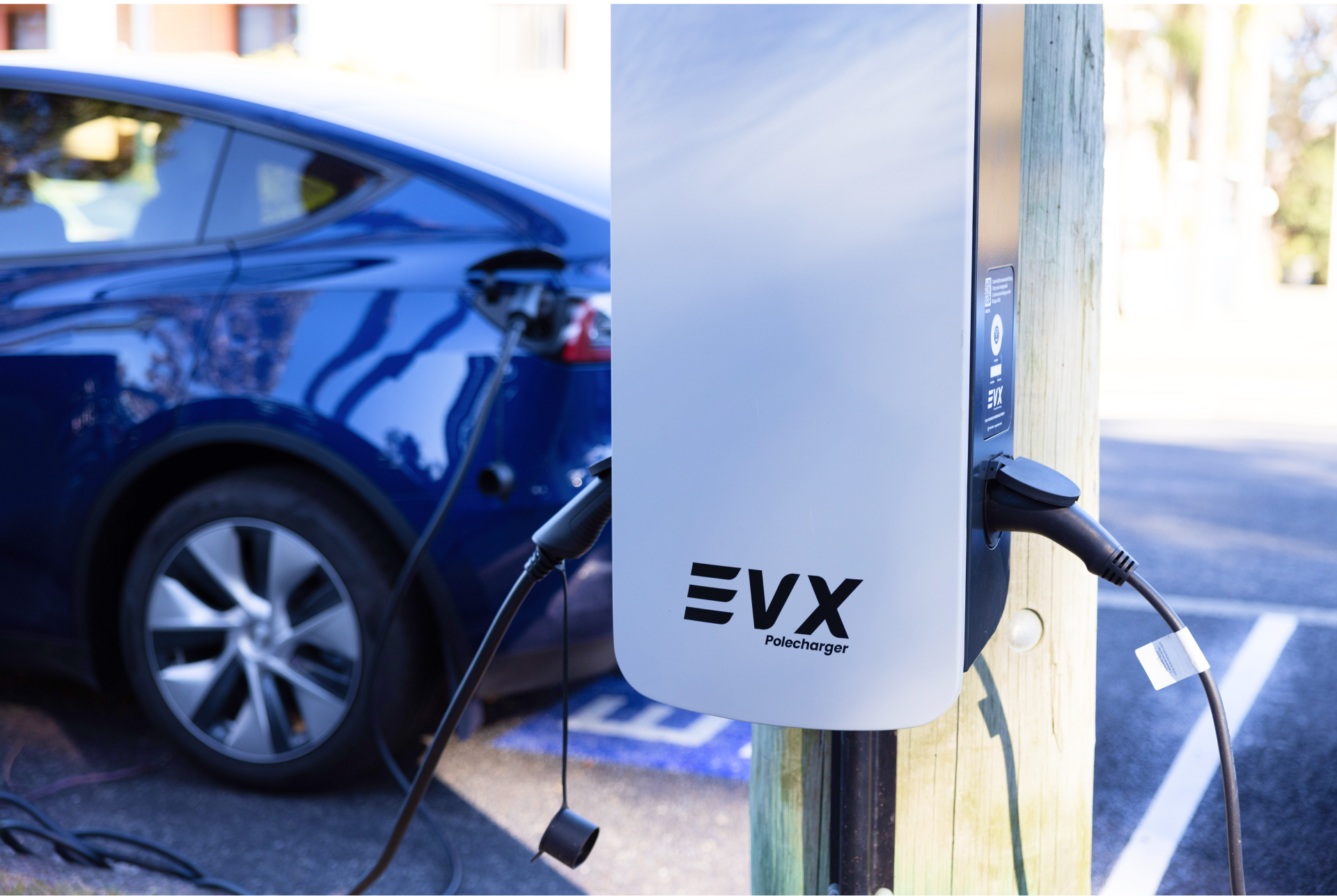As electric vehicles (EVs) become increasingly popular, understanding the factors that influence charging speed is crucial for maximising efficiency and convenience. Here are five key factors that can affect your EV charging speed:
Charger Type and Power Output:
The type of charger you use significantly impacts charging speed. There are three main types of EV chargers: Level 1, Level 2, and DC Fast Chargers. Level 1 chargers typically plug into a standard household outlet and provide the slowest charging speeds. Level 2 chargers, which require a dedicated charging station, offer faster charging, while DC Fast Chargers provide the quickest charging times, especially for long-distance travel.
Also known as AC slow charging or long-dwell charging, Level 2 is the most common type of public charging and is ideal for both commercial and community areas, shopping centres, and public parking lots. These chargers are versatile and suitable for a wide range of applications, such as providing a quick top-up during shopping or enabling fast charging for electric fleet vehicles in corporate parking spaces. Level 2 chargers can also be applied to high density communities where people often do not have access to private parking.
Our EVX Polecharger offers a quick and efficient charging solution for communities with existing utility poles. Designed in Australia, for Australia, this charger can be installed in a matter of hours, seamlessly integrating onto existing infrastructure to meet the needs of EV drivers in residential areas without off-street parking. Learn more about why Level 2 is the best charging speed for public chargers in our blog: What Is the “Right” Charging Speed: Different Charger Types & Applications in Public Charging.
Battery Capacity and State of Charge:
The size and current state of your EV battery play a significant role in charging speed. A larger battery capacity will take longer to charge compared to a smaller one, all else being equal. Additionally, charging speed may decrease as the battery approaches full capacity. This is because most EV chargers slow down charging rates to prevent overheating and preserve battery health as the battery reaches its maximum charge level.
Charging Infrastructure and Voltage:
The infrastructure available at charging stations, such as the voltage and power output, affects charging speed. Higher-voltage charging stations can deliver more power to your EV, resulting in faster charging times. For example, Level 2 chargers typically operate between 240 volts and 415 volts with the latter providing faster charging speeds. Additionally, the condition and maintenance of charging infrastructure can impact overall charging efficiency.
Building the necessary charging infrastructure is a particular challenge in forging the path to widespread EV adoption. This is where we come in, as we’ve pioneered a solution to address these challenges by providing scalable, robust public EV charging infrastructure with 24/7 support. We’ve made our mission to overcome the hurdles faced by local governments, utility providers and EV drivers.
Environmental Conditions:
Environmental factors such as temperature and weather conditions can influence EV charging speed. Extreme temperatures, whether hot or cold, can affect battery performance and charging efficiency. Cold weather, in particular, can significantly reduce battery capacity and slow down charging rates. Similarly, high temperatures can lead to thermal throttling, where charging speeds are reduced to prevent overheating.
Vehicle Make and Model:
Different EV models have varying charging capabilities based on their onboard charging equipment and battery chemistry. Some EVs are equipped with faster onboard chargers or support higher charging voltages, enabling quicker charging times. It’s essential to check the specifications of your specific EV model to understand its charging capabilities fully.
In conclusion, several factors influence EV charging speed, including charger type, battery capacity, charging infrastructure, environmental conditions, and vehicle make and model. By considering these factors and optimising your charging strategy accordingly, you can ensure efficient and convenient charging experiences with your electric vehicle.
Our robust, accessible and reliable charging solutions offer a roadmap to simple charging and EV adoptions. Contact us here if you want to hear more about how we’re working with local councils, governments, and utility providers to increase the EV charging network across Australia.

